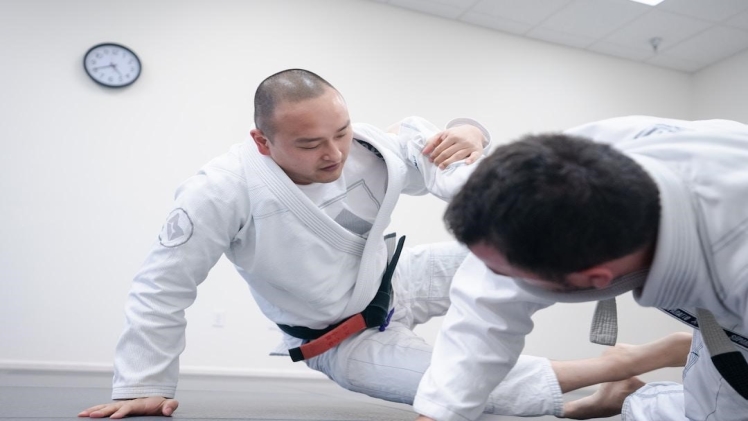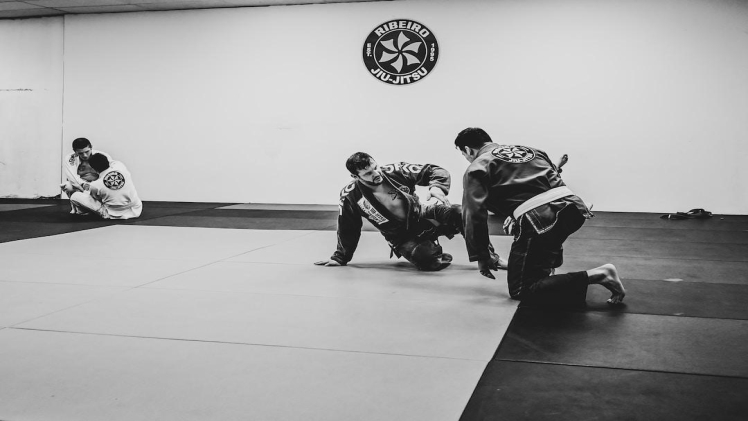Jiu-Jitsu is a complex and deeply strategic combat sport that involves mental sharpness as much as physical agility. For newcomers and experienced fighters alike, the journey of mastering this martial art is ongoing and filled with challenges and successes. Whether your goal is to compete at high levels or to embrace a new form of exercise, you’re in for an exciting adventure. In this article, we present key strategies to aid you in your pursuit of becoming more proficient on the mats. Keep reading to take your skills to the next level.
Establishing a Consistent Training Routine
To make tangible progress in Jiu-Jitsu, consistency is key. Establishing a regular training routine helps in building the muscle memory and conditioning needed to excel. Finding the right balance between training, rest, and recovery prevents burnout and keeps you motivated. It’s recommended to have a set schedule each week, which includes dedicated times for both drilling and rolling, allowing you to progressively challenge yourself.
Training with a variety of partners of different sizes, skill levels, and styles is also important. This diversity in training partners will expose you to a wide range of scenarios, forcing you to adapt and apply techniques in different contexts. Over time, this exposure will refine your reactions and improve your decision-making speed on the mat. Be flexible, though; life can sometimes disrupt the best-laid plans but aim to return to your regimen as soon as possible.
For those who struggle with maintaining a consistent routine, joining group classes at a reputable gym can be beneficial. Institutions like The Arena Gym offer structured programs that provide accountability and the opportunity to train with devoted practitioners. Their experienced instructors can guide you through a curriculum that gradually ramps up in complexity and intensity.
Integrating Strength and Conditioning Workouts
A robust strength and conditioning regimen can greatly enhance your Jiu-Jitsu performance. Complementing technical training with physical activity helps build the endurance, power, and resilience necessary to execute techniques effectively and to avoid injuries. You don’t have to become a weightlifting champion, but incorporating a consistent routine tailored to Jiu-Jitsu can provide you with a competitive edge.
Exercises focusing on core stability, hip mobility, and overall flexibility are particularly beneficial for Jiu-Jitsu practitioners. These areas are integral to performing a vast array of movements on the mat, from executing sweeps to maintaining control in precarious positions. For instance, the deadlift not only strengthens the back and legs but also fortifies grips – a key component of any grappling sport. Likewise, gymnastic movements like handstands promote balance and body awareness.
When planning your workouts, it’s vital to strike a balance to avoid overtraining.Intense strength sessions should complement your practice, not overwhelm it. Remember, the ultimate goal is to support your martial arts progression, thus scheduling lighter training days after physically demanding workouts can help your body recover and adapt.
Analyzing and Learning From Sparring Sessions

Sparring sessions, or “rolling,” are a cornerstone of your development in martial arts. They provide the opportunity to apply what you have learned in a dynamic, unscripted environment. However, to truly benefit from rolling, one must approach it with a mindset of learning rather than just winning. Analyzing your sparring sessions reveals patterns in your game, areas of strength, and aspects that require attention.
Keep a training journal to note down observations post-sparring. Writing down what worked, what didn’t, and your thoughts on why can offer valuable insights that you can bring into subsequent sessions. Over time, you’ll collect a wealth of personal data that can guide your training focus. For example, if you find yourself getting caught in the same submission repeatedly, it becomes clear what your next learning target should be.
Engaging with training partners to discuss the rolls can also yield significant improvements. A fresh perspective might point out things you didn’t notice yourself. Perhaps a partner can share their strategy for executing a sweep that caught you off guard, or offer advice on how they defend against your favorite guard pass. The communal aspects of learning martial arts is one of the sport’s greatest assets.
Video analysis is yet another powerful tool for improvement. Recording sparring sessions and reviewing them can help you see the bigger picture. Sometimes, in the heat of the moment, it’s challenging to fully grasp the nuances of what occurred. Watching footage with a coach or a more experienced practitioner to critique your movements and decisions can fast-track your growth.
Altogether, improving your martial arts skills is a multifaceted endeavor that goes beyond the mats. Dedication, patience, and a willingness to learn are your greatest allies in the quest to master the gentle art.

